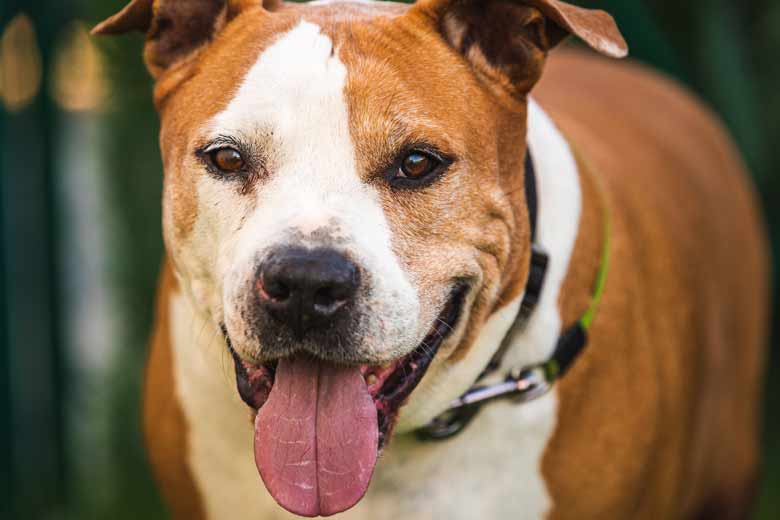
All pets are susceptible to heat stroke. Pets at higher risk are our overweight, storm phobic, aged, heart diseased, thick coated pets and brachycephalic breeds.
Brachycephalic breeds have long soft palates, small nostrils and narrowed airways – this makes it harder for them to dissipate heat and cool themselves down.
Dog Breeds:
French bulldogs, Pugs, English Bulldogs, American Bulldogs, Staffordshire Bull Terriers, Mastiffs, Dogue de bordeaux, King Charles Cavaliers, Boxers, Shih Tzu & Maltese are our common brachycephalic dog breeds.
Cat Breeds:
Persians, Himalayans, Scottish Folds, British Short Hairs are our common brachycephalic cat breeds.
Things you can do:
- Do not exercise your pet in the heat of the day, or for long periods of time – It is TOO HOT. When it has cooled down swimming is a great way for them to exercise.
- Have lots of cool, shady areas for your pet to access while you are at work.
- Have lots of fresh water available – kept in shady areas.
- Manage your storm phobic pets.
- Maintain your pet at a healthy weight.
Signs of heat stroke:
- Difficulty breathing – excessive panting.
- Their body feels hotter than normal.
- Collapse – weakness, unable to rise.
- Red gums
- Excessive Salivating
- Seizure
- Shock
Untreated heat stroke can lead to multiple organ failure.
If you think your pet is suffering from Heat Stroke it is an emergency!
My Pet has Heat Stroke, What happens now?
Your pet will be hospitalised for fluid therapy and active cooling. This is done under your Veterinarian’s care as cooling too quickly can lead to hypothermia. A blood test will be run to assess your pet’s organ function.
Regular monitoring and rechecking of your pet’s vitals signs – temperature, heart rate, respiratory rate, gum colour and refill time, will be performed to ensure response to treatment. Depending on the severity of your pet’s heat stroke and their response to treatment prolonged hospitalisation and fluid therapy may be required.